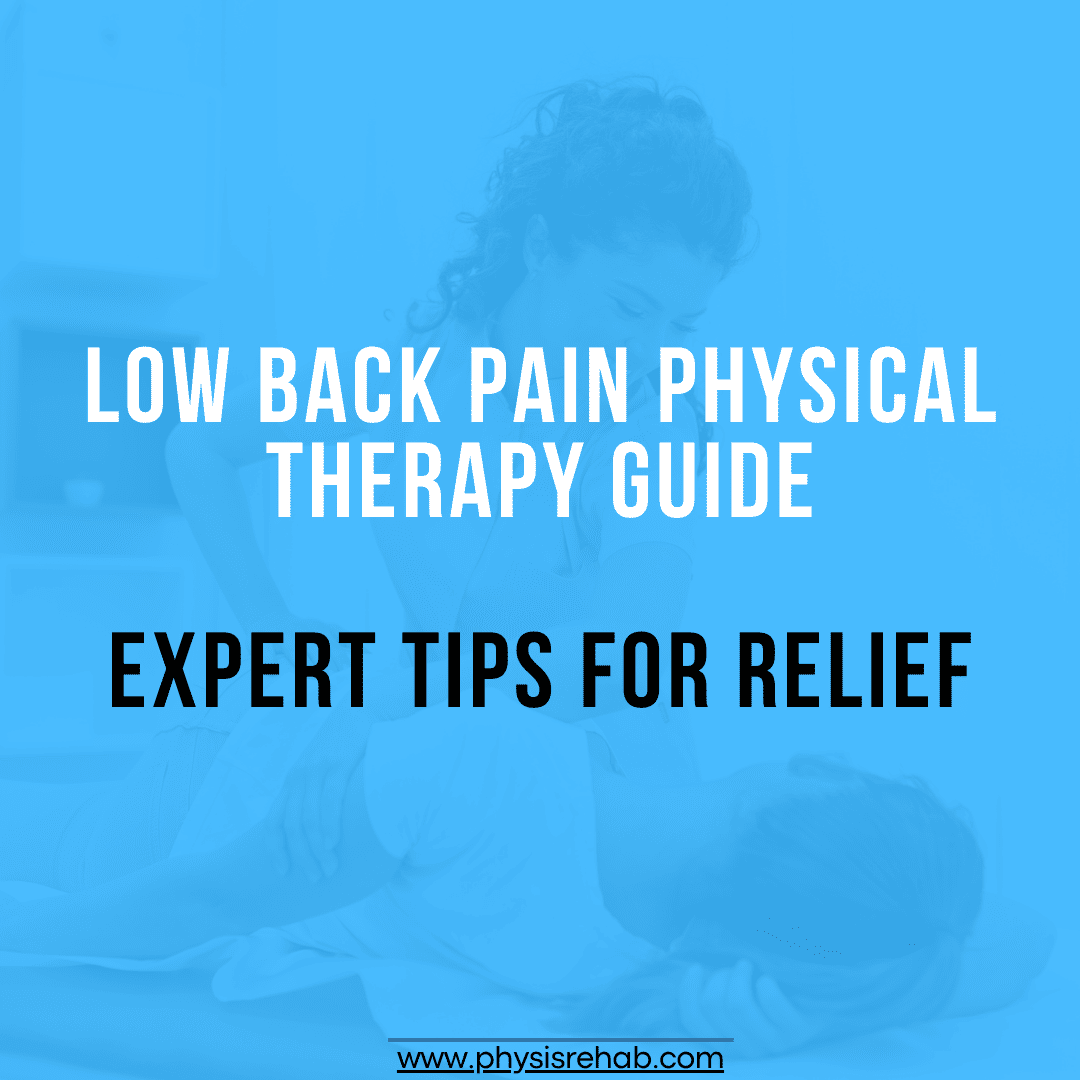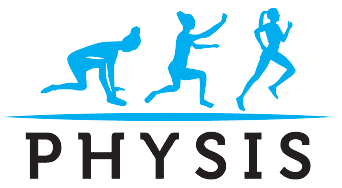Low Back pain is a single leading cause of disability and one of the most common reasons for missed work. The low back is a part of the abdominal corset and provides postural support. Low back pain can be caused by poor posture, muscle imbalances, injuries, or chronic conditions, it can significantly impact your quality of life. Physical therapy is a proven cost-effective, non-invasive treatment to manage and alleviate back pain. In the blog, we will explain how low back pain physical therapy helps alleviate pain, provide key exercises and tips for prevention.
Some Common causes of low back pain
Muscular imbalances: Weakness or tightness of the muscles can disrupt the balance in your spine and cause excessive loading in one area causing low back pain.
Poor Posture: Excessive tendency to stay in “flexed” positions like slouching or sitting, without giving your spine the movement it needs in the opposite direction of “extension” can result in strain and cause low back pain.
Herniated Discs: A disc herniation, caused due to a trauma, muscle imbalance or poor posture, overuse or repetitive movements, can compress the nerves in the back resulting in pain and discomfort. The pain can also refer to the legs like sciatica or nerve pain.
Arthritis: Degenerative conditions like arthritis caused by trauma or aging can also result in pain and stiffness in your back. The pain can also refer to the legs as sciatica or nerve pain.
Strains and Sprains: Overstretching muscles when they are not ready, sudden high velocity movements or violent impact like car accidents or falls can cause muscle strains or ligament sprains causing low back pain.
Overuse or Repetitive Movements: Repetitive movements in one direction, sudden heavy lifting or poor lifting techniques can place strain on the back causing low back pain.
Physical Therapy Guide to Low Back Pain
Physical therapy plays a key role in alleviating low back pain. Your Physical Therapist will assess to determine the key source of pain, provide treatments to alleviate pain and provide education to prevent future occurrences. Your treatment will start with the therapist conducting a detailed history to understand your lifestyle, work requirements and daily activities along with how pain occurred and what makes it worse and better. After the exam, the therapist will then plan physical therapy treatment for low back pain.
Pain Management: Physical therapists use various techniques, including manual therapy, hydrotherapy, Cryotherapy and other modalities to reduce low back pain and inflammation, especially in acute stages of pain.
Exercise and Strengthening: Guided Exercises and Independent exercises are encouraged to stretch tight muscles, strengthen weak muscles, engage correct muscles and correct mechanics for proper muscle activation to support your back.
Posture and Body Mechanics Education: Physical Therapists provide individualized education on proper posture and body mechanics tailored to fit your lifestyle and activities to help you gain understanding on what is hurting you and what is helping you get better. A strong program will also encourage education to prevent future occurrences.
Manual Therapy: Hands-on techniques, such as joint mobilization and soft tissue massage, can help release tension, improve mobility, and alleviate pain, especially in acute stages of pain.
Functional Training: Physical therapists focus on activities and movements that are specific to your daily life, practicing and correcting movements, ensuring that you are able to do them confidently and pain free.
Physical therapy treatment length can vary. Some can find relief within a handful of sessions while others may need longer care for a few weeks to see results and alleviate pain.
Physical Therapy Exercises for Low Back Pain That Works
It is impossible to determine a set of key exercises to alleviate low back pain. As discussed earlier, the cause of low back pain can be individual so it is critical to understand that the treatment has to be tailored specific to your needs. However, we can highlight some exercises that engage lower abdominals, provide support to the muscles of the back and promote general mobility of the spine in all directions.
Pelvic Tilts: Lie on your back with knees bent. Gently tilt your pelvis backward and forward, engaging your core muscles. Hold each position for a few seconds and repeat.
Cat-Cow Stretch: Start on your hands and knees. Arch your back like a cat (rounding it), then extend it upward like a cow. Repeat this movement for several rounds.
Bridges: Lie on your back with your knees bent and feet flat. Lift your hips toward the ceiling, engaging your glutes and lower back. Hold for a few seconds, then lower.
Child’s Pose: Kneel on the floor, sit back on your heels, and reach your arms forward. This gentle stretch can help relieve tension in your lower back.
Modified Cobra: Lie on your stomach with your hands under your shoulders. Slowly push your upper body up, keeping your pelvis on the ground. This exercise helps strengthen the lower back muscles.
Knee-to-Chest Stretch: Lie on your back and bring one knee toward your chest, holding it with both hands. Alternate legs to stretch the lower back.
It is important to understand that prevention is better than cure. Maintaining good posture by paying attention to how you are sitting, standing and lifting is critical to avoid injuring your back. Staying active and engaging in some form of exercise ensures that your muscles are strong and flexible, reducing the possibility of injuring your back. Proper nutrition and hydration combined with exercise is critical to support healthy function of the muscles.
Physical Therapy is a valuable tool for managing and preventing low back pain. At Physis Physical therapy, our qualified clinicians understand the complexity of the back and evaluate utilizing neuromuscular examination techniques to accurately determine the source of your pain. We customize each and every exercise according to the patient’s needs to maximize results in fewer sessions. If you’re experiencing low back pain, consult a healthcare professional and consider seeking the help of a licensed physical therapist to develop a personalized treatment plan.




Comments are closed